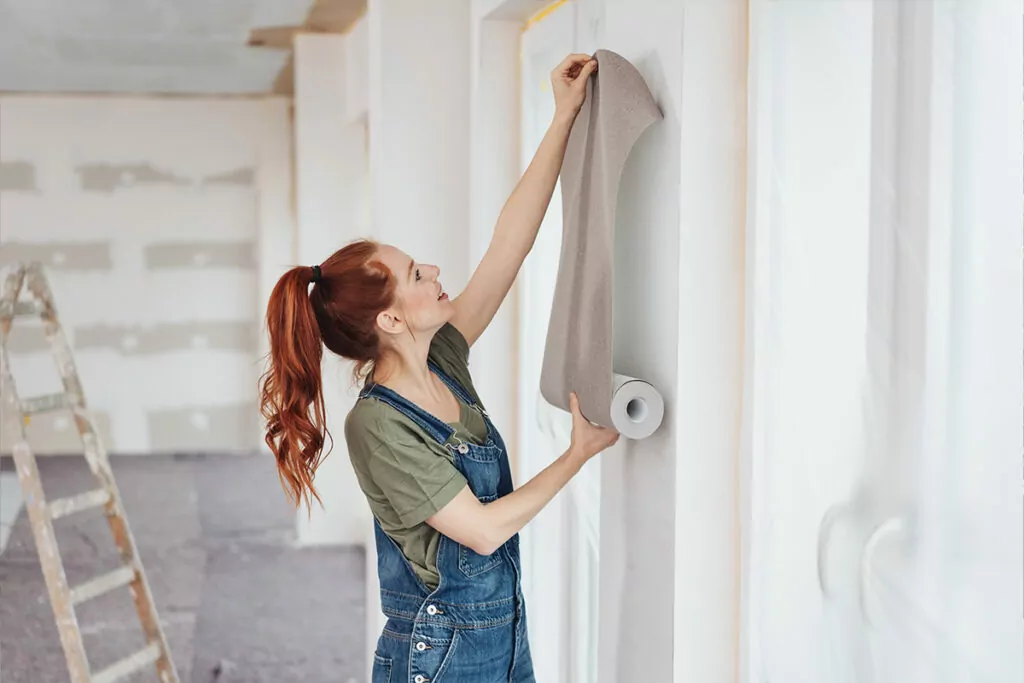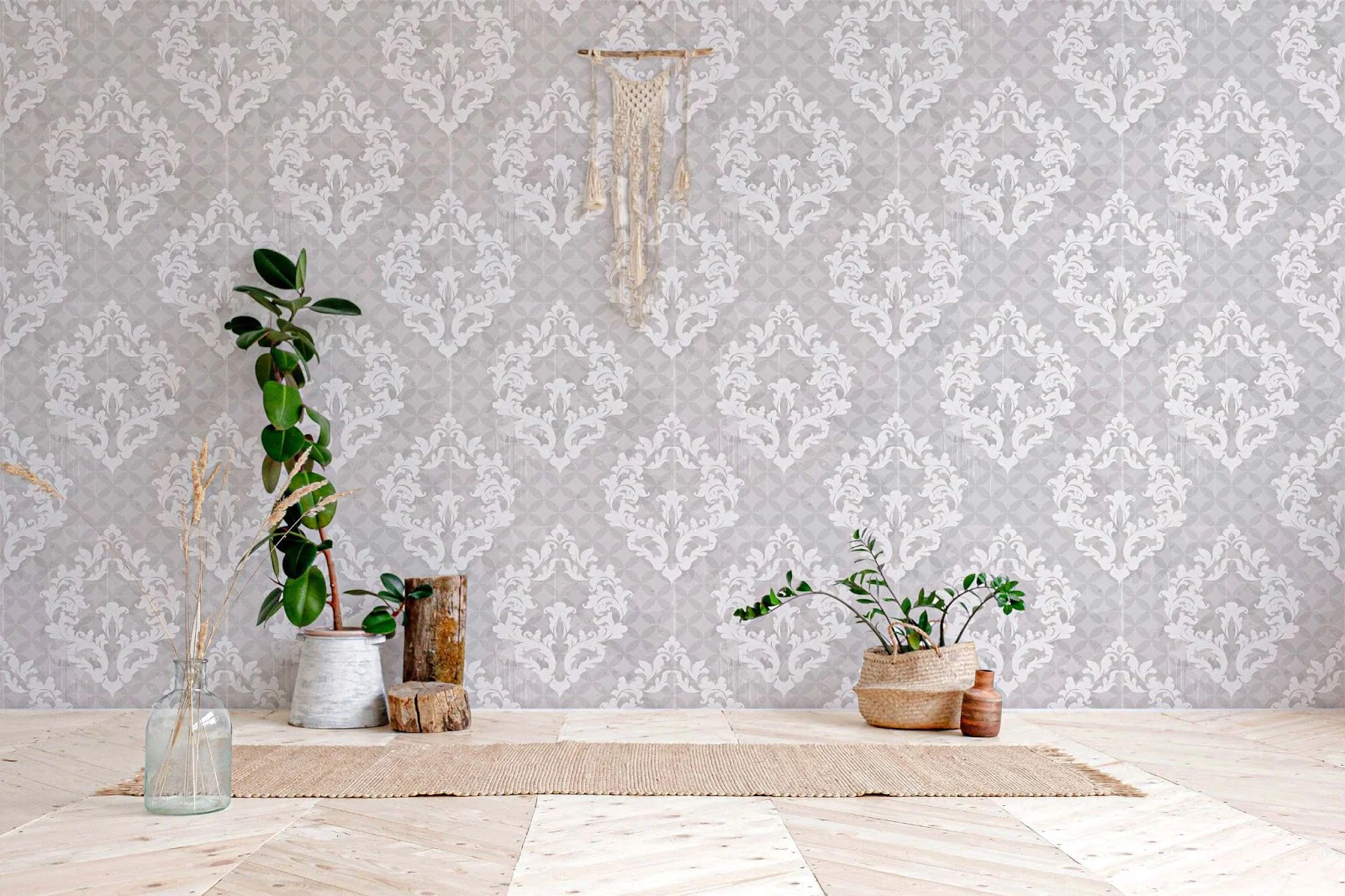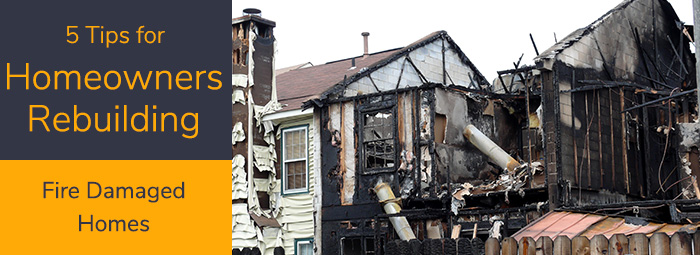How Do You Prepare A Wall For Peel And Stick Wallpaper?
Preparing a wall for peel-and-stick wallpaper can be a simple process, as long as the wall has been properly prepped. The first step is to clean the wall and remove any dust, grease, or other debris. Next, you should fill in any holes, cracks, or other imperfections in the wall with a spackle or drywall compound. Once the wall has dried, you can sand any areas that need smoothing. Lastly, you can apply a primer to the wall to help the wallpaper adhere better. Following these steps will ensure that your wallpaper will have a clean and professional look.
What You’ll Need
Are you looking to revamp your walls with an easy and stylish solution? Peel and stick wallpaper is an increasingly popular choice for homeowners looking to give their space a unique and modern look. If you’re interested in a peel-and-stick wallpaper project, the first step is to make sure your wall is adequately prepared. Before you get started, you’ll need to gather up a few supplies to make sure your project goes smoothly. Make sure that you have a wall cleaner, mild detergent, primer, painter’s tape, and a measuring tape. Once you have your supplies, you’ll be ready to start prepping your wall for the wallpaper.
Preparing the Surface
Preparing a wall for peel-and-stick wallpaper doesn’t have to be difficult or time-consuming. With a few simple steps, you can ensure your wallpaper will be adhered securely and look great for years to come. To begin, start by cleaning the wall with a mild detergent and water. This will remove any dirt, dust, or grease that could affect the adhesion of the wallpaper. Once the wall is clean, use sandpaper to lightly sand any glossy surfaces to create a matte finish. This will help the wallpaper to adhere better. Depending on the condition of the wall, you may need to repair any cracks or holes with a spackling compound. Once the wall is prepped, you’re ready to start applying the peel-and-stick wallpaper.
Measuring the Wall
Preparing a wall for peel-and-stick wallpaper can seem daunting, but with the right measurements and supplies, it’s not as intimidating as it may seem. Before you begin, it’s important to measure the wall so you can accurately buy the right amount of wallpaper needed to cover the entire area. To measure the wall, make sure to measure both the width and height of the wall in feet and inches. Additionally, measure any furniture, fixtures, or other obstacles that may be in the way, and make sure to account for them when making your wallpaper purchase. Furthermore, you’ll want to measure any windows, closets, or doors that may be present in the room. Doing this will ensure that your wallpaper is cut to the correct size, eliminating any issues with gaps or overlaps. Taking the time to measure your wall before starting is essential to ensuring a successful wallpaper installation.

Credit: www.taskrabbit.com
Cutting and Aligning the Wallpaper
Peel-and-stick wallpaper is an easy and convenient way to spruce up any wall in your home. However, it’s important to remember that the key to successful wallpaper application begins with properly preparing the wall. Once the wall has been prepped, the next step is to cut and align the wallpaper.
When cutting the wallpaper, it’s important to use a ruler and a sharp blade to ensure the best results. Additionally, it’s a good idea to add a few inches of extra material to give yourself some wiggle room during the application process. As for aligning the wallpaper, it’s essential to make sure that the pattern is aligned with the wall so that the pattern is consistent and continuous.
These steps can be done by hand or with the help of a wallpaper installation kit. If you’re not confident with your skills, it’s best to enlist the help of a professional. With the right tools, skills, and a bit of patience, you can easily transform your walls with peel-and-stick wallpaper.
Applying the Wallpaper
Peel-and-stick wallpaper is an increasingly popular choice for home decorating projects. It’s easy to apply, and it’s a great way to add a bit of style and personality to any room. But before you can start applying your wallpaper, you’ll need to make sure the walls are properly prepared. Here are some tips on how to do just that.
First, you’ll want to clean the walls thoroughly. Remove all dirt, dust, and cobwebs from the area. This will help ensure that the wallpaper adheres properly. Next, you’ll want to sand any rough spots or imperfections on the wall. This will help create a smooth surface for the wallpaper to stick to. Finally, you’ll want to apply a wall primer. This will help keep the wallpaper in place and prevent it from peeling off.
Once your walls are properly prepared, you can start applying your wallpaper. Peel the backing off of the wallpaper, and carefully position it against the wall. Smooth it down, and use a wallpaper brush to press it firmly against the wall. For extra security, you can use a wallpaper roller to ensure that the wallpaper is properly adhered to. When you’re done, you’ll have a beautiful new look for your room.
Trimming and Finishing
Peel-and-stick wallpaper is an easy and cost-effective way to update the look of any room in your home. Before you get to the fun part of applying the wallpaper, you need to prepare the walls for the application. Trimming and finishing the walls is the key step in the preparation process. This involves cleaning the wall surfaces, filling in any cracks and holes, and sanding down any rough edges. Once the wall is clean and smooth, you can begin to apply the adhesive to the wall and begin the wallpapering process.
When trimming and finishing your walls, it is important to take your time to ensure a smooth finish. If you rush, you may end up with an uneven surface that will not allow the wallpaper to adhere properly. Be sure to use the right tools for the job, including a putty knife, sandpaper, and a vacuum cleaner. Additionally, make sure that the wall surface is completely dry before applying the wallpaper adhesive. Following these steps will help ensure the wallpaper application process is successful and your walls will look great.
Troubleshooting Common Issues
Peel-and-stick wallpaper is a great way to spruce up the walls of your home. Preparing the wall before application is essential to achieving a smooth and professional-looking finish. It’s important to take the time to properly prepare the wall, otherwise, the wallpaper may not adhere correctly and your project could end up a disaster. Although the process isn’t overly complicated, there are some common issues that you should be aware of and troubleshoot before getting started.
Firstly, make sure the wall is clean and free from any dust, dirt, grease, or other debris. This will ensure that the wallpaper sticks correctly and creates an even finish. If you’re applying the wallpaper over a painted wall, make sure the paint is in good condition and that any peeling or bubbling is fixed before application. If you’re applying the wallpaper over a wallpapered wall, make sure to remove the old wallpaper completely and fill any holes or cracks.
Furthermore, it’s important to check the surface of the wall for unevenness. If the wall is uneven, it may be necessary to sand it down and apply a skim coat of plaster to ensure a smooth surface. Lastly, it’s a good idea to lightly sand the wall with fine-grit sandpaper to create a rough surface. This will help the wallpaper stick better and last longer.
Maintaining Your Wallpaper
Making sure your walls are prepped and ready for wallpaper installation is the first step for a successful peel-and-stick wallpaper project. But to keep your walls looking great and ensure that the wallpaper sticks properly, you also have to take the proper steps to maintain your wallpaper. It’s important to note that not all wallpaper is created equal and some types might require more maintenance than others, so make sure to read the manufacturer’s instructions for care and maintenance before starting your project.
When it comes to maintaining your wallpaper, the key is to keep it clean. Start by regularly dusting and wiping down your wallpaper with a damp cloth to keep it looking new. You’ll also want to avoid using harsh chemical cleaners and instead opt for a mild soap and warm water solution to wipe away any dirt or grime. Also, make sure to avoid scrubbing your wallpaper, as this can cause damage to the adhesive and shorten the lifespan of the wallpaper. For more stubborn stains, reach out to the manufacturer for specific instructions on how to remove them.
FAQs About the How Do You Prepare A Wall For Peel And Stick Wallpaper?
1. How should I clean the wall before applying peel-and-stick wallpaper?
Answer: Start by wiping down the wall with a damp cloth to remove any dust and dirt. Then, use a mild soap and warm water solution to clean the wall thoroughly. Allow the wall to dry completely before applying the wallpaper.
2. Do I need to apply a primer or sealer before applying peel-and-stick wallpaper?
Answer: No, you don’t need to apply a primer or sealer before applying peel-and-stick wallpaper. However, it is recommended to use a paintable wallpaper primer if the wall is porous or has never been painted.
3. How do I make sure the wallpaper sticks to the wall?
Answer: Before applying the wallpaper, make sure to measure and cut it to the right size. Then, press the wallpaper firmly against the wall from top to bottom. Start at one corner and work your way across the wall. Use a wallpaper smoother or soft cloth to press the wallpaper into place.
Conclusion
Preparing a wall for peel-and-stick wallpaper is not a difficult task, but it does require careful attention to detail. The wall should be completely clean and free of any debris or dirt. Additionally, the wall should be lightly sanded and primed before applying the wallpaper. Taking the time to properly prepare the wall will ensure that the wallpaper adheres correctly and lasts for years to come.



